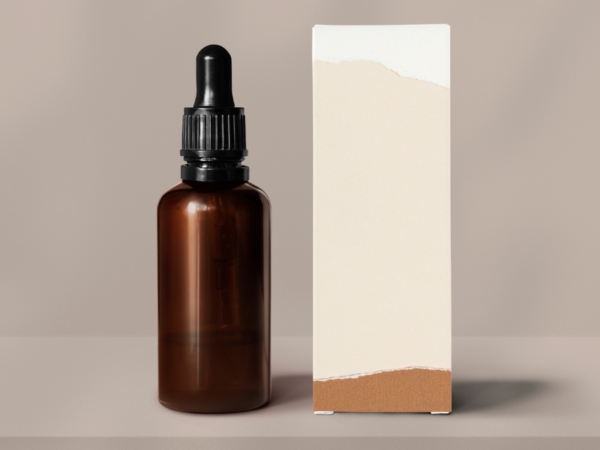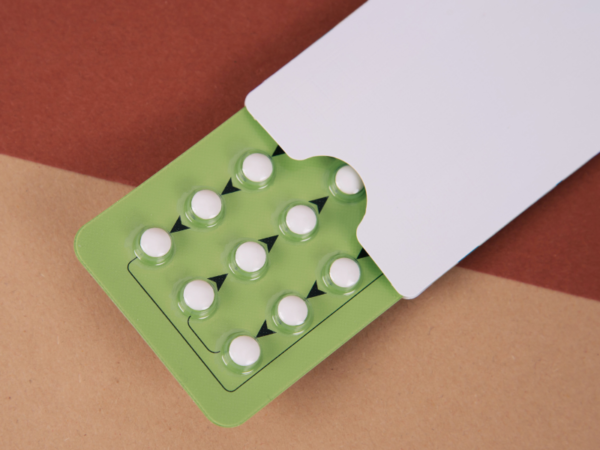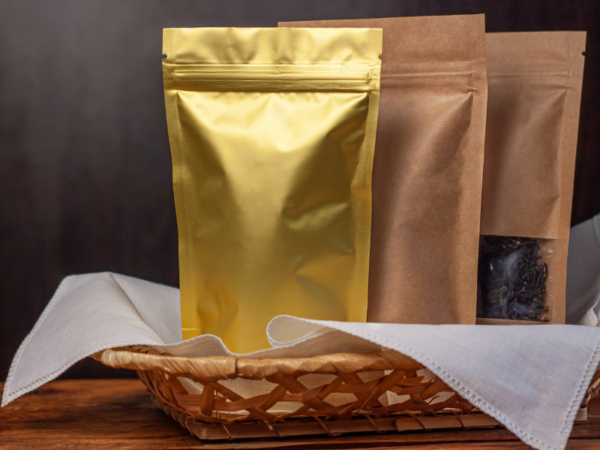
As a company that’s been a leader in the packaging industry for more than 30 years, there’s one thing we here at Praxis can say for certain: all packaging is not created equal.
No matter what kind of products your company makes–food, pharmaceuticals, health and beauty, electronics–you need packaging that can keep the content safe, aid in transportation and storage, and effectively market your product to consumers.
To do that, you need both primary packaging and secondary packaging. Though both forms of packaging have much in common, they have just as many key differences. Each one serves a distinct function in the protection, identification, and distribution of your product, while working in tandem to safeguard that product throughout its lifecycle.
But what exactly is primary vs. secondary packaging? As always, Praxis is here to provide expert insights. Below, we’ll explain the similarities and differences between primary packaging and secondary packaging, while also detailing why they’re both so important.
No one knows packaging better than Praxis. Let us put our expertise to work for you.

Primary packaging refers to the immediate packaging that directly contains the product. It is in direct contact with the product and is responsible for preserving its chemical, physical, and biological stability. Primary packaging materials must be compatible with the product ensuring it remains potent and effective while also being safe for consumer use.
Secondary packaging surrounds the primary packaging, serving as an additional layer of protection during storage, transportation, and distribution. It doesn’t directly interact with the product but provides essential support and information to users and logistics handlers.

Primary Packaging: It directly encloses the pharmaceutical product, ensuring its integrity and stability.
Secondary Packaging: Surrounds and protects the primary packaging, safeguarding it during transportation and storage.
Primary Packaging: Utilizes materials compatible with the drug, ensuring its safety and efficacy.
Secondary Packaging: Often employs materials focused on durability, branding, and additional protection during distribution.
Primary Packaging: Primarily focuses on preserving the drug’s quality and integrity.
Secondary Packaging: Aims to facilitate safe transportation, provide additional information, and enhance brand visibility.
Primary Packaging: Contains essential information like dosage, expiration date, and manufacturer details for individual units.
Secondary Packaging: Accommodates space for regulatory information, warnings, and instructions required for multiple units or batches.
Primary packaging and secondary packaging are both integral components in the storage, transportation, and marketing of a wide range of products. That’s why it’s important to choose an experienced and professional packaging partner for your business.
Praxis is proud to offer a comprehensive and competitively priced array of packaging solutions. We have everything you need to take your product from the production line to the consumer, without ever sacrificing efficacy, quality, or marketability. Contact us today to learn more!